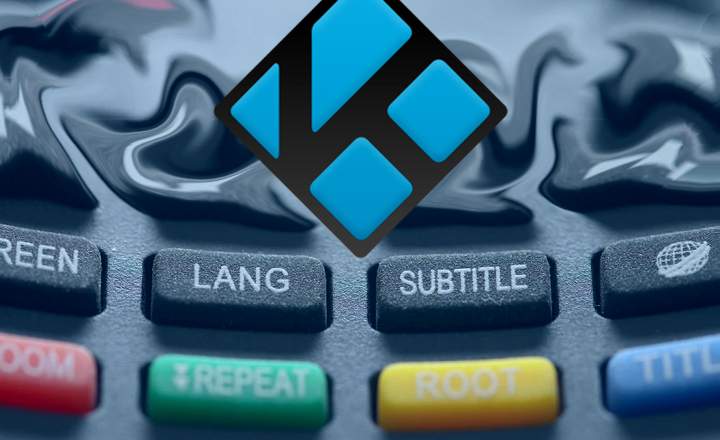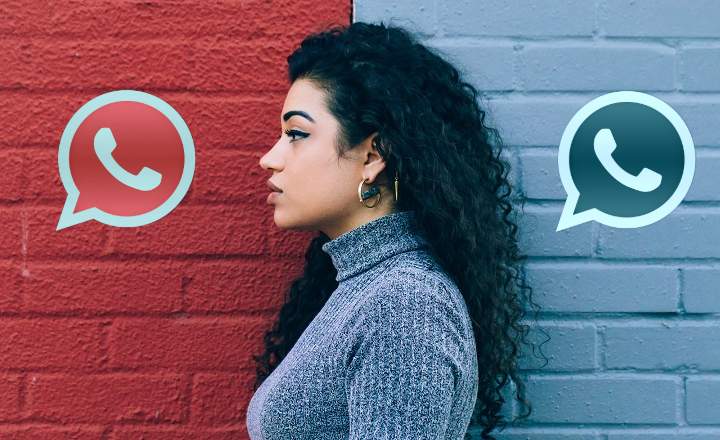
There are many ways to transfer files between different devices. The most common and simple thing can be to connect a pendrive and copy the corresponding files, but there are a thousand alternatives. One of the most striking is the one offered by the protocol "WiFi Direct”, Since it does not require an Internet connection and is also faster than conventional Bluetooth.
What is WiFi Direct and why should I be interested?
WiFi Direct is a P2P technology (Peer to peer) that allows direct connection between 2 devices with WiFi connectivity no need for cables or WiFi hotspots or routers. Formerly known as WiFi P2P, it was developed back in 2010 –certified by the WiFi Alliance– and is compatible with Android 4.0 and higher devices, as well as other types of systems (Windows, iOS, Smart TV).
Connections via WiFi Direct are protected by the WPA2 security protocol, and have predefined services that allow you to easily send files, print documents, play multimedia content or show the screen from one terminal to another.
Range and speed
The WiFi Direct protocol is able to establish a link between devices to a distance of up to 200 meters. A not inconsiderable figure considering that other similar technologies such as Bluetooth have a maximum range of 10 meters.
As if this were not enough, the transfer speed is also higher, reaching 250Mbps, compared to 800Kbps for Bluetooth 4.2 (in the case of BT 5.0, the figures go up to 2Mbps and a range of 40 meters).
Another of its outstanding features is that we can also create wireless networks with multiple devices connected simultaneously. Although the maximum limit of devices for this type of connection may vary, the user is not limited to the classic 1: 1 connections, having a greater margin of mobility in this sense.
How to connect 2 devices via WiFi Direct on Android
Establishing a connection via WiFi Direct on an Android mobile or tablet is really simple. The process may vary slightly depending on the customization layer of our Android, but it basically consists of the following:
- We activate the WiFi of our device. We do not need to be connected to any network.
- We open the Android settings menu and go to "Network and Internet -> Wi-Fi -> Wi-Fi Preferences -> Wi-Fi Direct”.

- Here we will see the name of our device along with a list of available devices. To establish the connection, simply click on the name of the device to which we want to connect, and the recipient accepts the invitation.

- If everything has gone correctly, the device will appear as “Connected"And a new group will be created in the" sectionGroups remembered”.

The great disadvantage of this system compared to other services such as Bluetooth is that it is not a native service. This means that in order to take advantage of its functionalities we need a third party app.
Sending files via WiFi Direct
And what application can we use to send the files? Well, here it depends on the tastes of each one, but one of the best valued in this sense is Send Anywhere, so this may be one more good option to start with. We can also find other apps such as WiFi Shoot! or Super Beam that can also serve the same purpose.

 Download QR-Code Send Anywhere (File Transfer) Developer: Estmob Inc. Price: Free
Download QR-Code Send Anywhere (File Transfer) Developer: Estmob Inc. Price: Free Following the example with the Send Anywhere app:
- We make sure that the 2 devices are connected via WiFi Direct (previous steps).
- We open the Send Anywhere app and activate the WiFi Direct tab located at the top right.

- We select the file we want to share (photos, videos, audio, applications, contacts, documents).
- Click on "SEND”. We will see how a 4-digit code appears on the screen.

- Now we open the Send Anywhere app on the receiving device, activate the WiFi Direct tab and click on the "Receive”.
- Finally, we write the 4-digit password and we will automatically receive the sent file.
This is quite a practical method, since makes sending large files much faster, such as videos or heavy documents. In fact, believe it or not, it is possible that we have been using WiFi Direct for a long time without even realizing it, since this is the technology on which other well-known services such as Miracast and Samsung's Allshare Cast, among others, are based.
In short, we are facing a method that can be more than interesting in order to send videos, music or photos from the mobile to an Android TV Box or share files between friends at high speed and without the need for cables or pen drives.
You may be interested: How to connect an Android phone to TV: 6 methods that work
You have Telegram installed? Receive the best post of each day on our channel. Or if you prefer, find out everything from our Facebook page.
